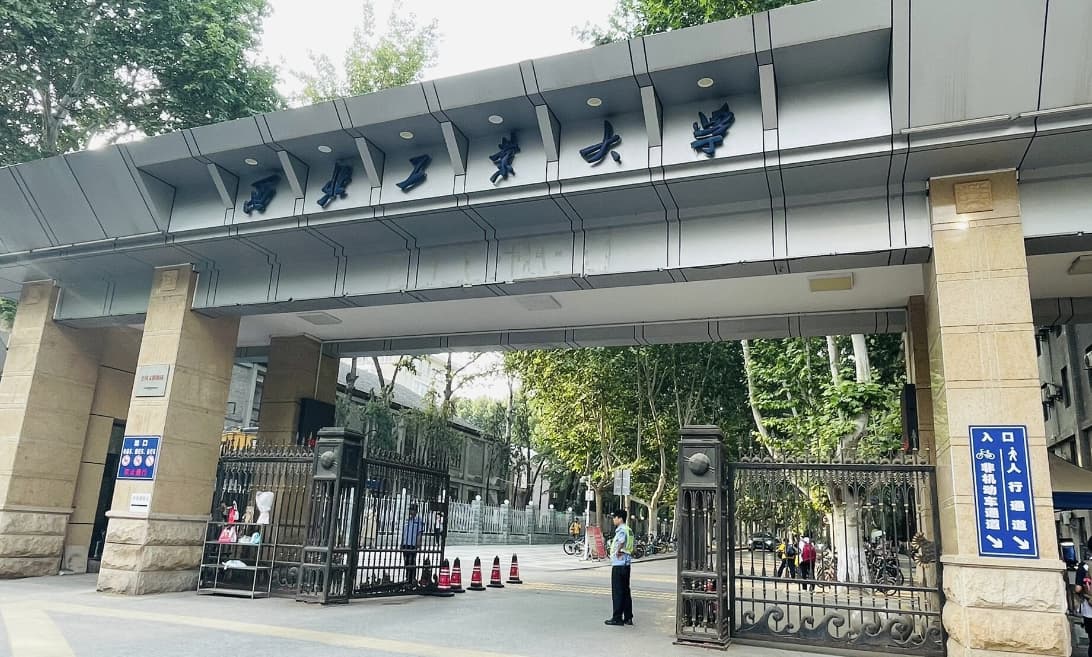Decoding the Challenges of the Postgraduate Admission English Test (Grade 2): A Detailed Guide
The Postgraduate Admission English Test (Grade 2) is a critical component for candidates aiming to pursue postgraduate studies in China. Designed to assess linguistic proficiency and academic readiness, the exam's difficulty often varies based on individual strengths and weaknesses. Understanding the grading patterns, question types, and difficulty levels is essential for effective preparation. This guide provides insights into common queries about the exam, helping you navigate the challenges with confidence.
What Makes the Exam Difficult for Most Candidates?
The difficulty of the Postgraduate Admission English Test (Grade 2) stems from several factors. First, the exam's structure includes both reading comprehension and writing sections, which demand strong analytical and expressive skills. Many candidates struggle with time management, as the test requires quick, accurate responses across multiple sections. Additionally, the vocabulary and grammar used in the passages can be advanced, posing a challenge for those with limited exposure to academic English. Below are some common questions that address these concerns.
1. How Does the Grading System Work for the Exam?
The grading system for the Postgraduate Admission English Test (Grade 2) is designed to be fair and consistent. The exam typically consists of several sections, including reading, writing, and translation. Each section is scored separately, and the total score is calculated based on a weighted average. For example, the reading section might contribute 30% of the total score, while the writing section accounts for 35%. This weighting reflects the importance of both comprehension and expression in academic success. Candidates who score well in these sections tend to perform better overall. However, it's important to note that the passing threshold can vary by institution, so it's wise to check specific requirements. Practice tests can help you understand how your performance in each section translates to your total score.
2. What Types of Questions Are Most Commonly Found in the Exam?
The exam includes a variety of question types, each designed to test different aspects of language proficiency. In the reading section, you'll encounter multiple-choice questions, true/false statements, and passage summaries. These questions assess your ability to understand main ideas, infer meanings, and analyze arguments. The writing section typically requires candidates to write an essay or a short composition, often based on a given topic or prompt. This tests your ability to organize thoughts, use appropriate vocabulary, and maintain coherence. Some exams also include translation tasks, where you might need to convert sentences from Chinese to English or vice versa. These questions evaluate your grasp of grammar and cultural nuances. Familiarizing yourself with these question types through practice can significantly improve your performance.
3. How Can I Improve My Performance on Difficult Sections?
Improving your performance on challenging sections of the exam requires a strategic approach. For reading comprehension, practice skimming and scanning techniques to quickly locate key information. Reading academic articles or books can also build your vocabulary and comprehension skills. In the writing section, focus on structuring your essays logically, using transitions, and avoiding common grammatical errors. Writing practice essays under timed conditions can help you manage your time effectively. For translation tasks, study common grammar patterns and idiomatic expressions in both languages. Additionally, reviewing past exam papers can provide insights into recurring themes and question styles. Remember, consistent practice and self-assessment are key to overcoming difficulties.



.jpg)
.jpg)
.jpg)
.jpg)

.jpg)
.jpg)
